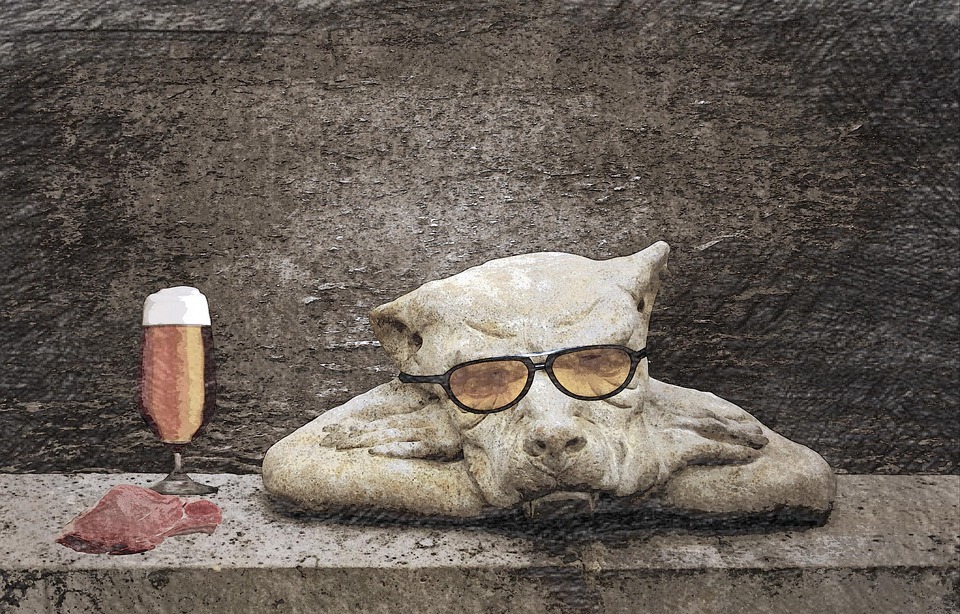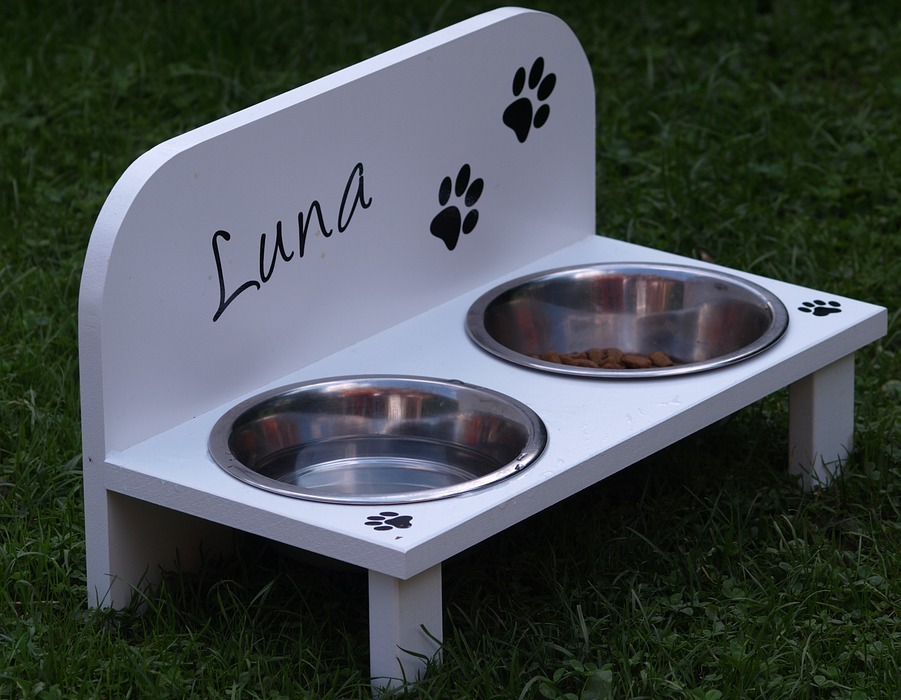This comprehensive guide will delve into the world of beans and dogs, exploring whether these legumes are safe for canine consumption and how they might impact their health. We'll cover various types of beans, their nutritional content, potential benefits and risks, and answer common questions about beans and dogs. By the end of this article, you'll have a clear understanding of whether beans are a suitable addition to your furry friend's diet and how to incorporate them safely and responsibly.
Part 1: Are Beans Safe for Dogs?

1.1 General Considerations:
- Beans are a legume, a type of plant that contains high levels of protein and fibre.
- While some beans are safe for dogs in moderation, others can be harmful.
- The key lies in understanding the types of beans, their preparation methods, and potential risks.
1.2 The Role of Lectins:
- Raw beans contain lectins, which are proteins that can bind to the lining of the digestive tract, causing inflammation and digestive upset.
- These lectins can interfere with nutrient absorption and lead to diarrhoea, vomiting, and abdominal pain.
- Thorough cooking breaks down lectins, rendering them safe for consumption.
1.3 Types of Beans:
- Safe Beans:
- Green beans: These are generally safe for dogs, both cooked and raw. They are a good source of vitamins A, C, and K.
- String beans: Similar to green beans, these are safe for dogs and can be enjoyed cooked or raw.
- Kidney beans (cooked): Cooked kidney beans can be a healthy addition to a dog's diet, but raw kidney beans should be avoided due to their high lectin content.
- Black beans (cooked): Cooked black beans are safe for dogs and provide a good source of protein, fibre, and iron.
- Pinto beans (cooked): Cooked pinto beans are another safe option for dogs, offering similar benefits to black beans.
- Lima beans (cooked): Cooked lima beans are safe for dogs, but they should be given in moderation as they can be high in fat.
- Green beans: These are generally safe for dogs, both cooked and raw. They are a good source of vitamins A, C, and K.
- Beans to Avoid:
- Raw beans: As mentioned, raw beans contain lectins that can cause digestive upset and other health problems.
- Baked beans: Baked beans are often high in sugar, salt, and other seasonings that are not suitable for dogs.
- Beans with added seasonings, spices, or onions: Onions and garlic are toxic to dogs, so any beans containing these ingredients should be avoided.
- Soybeans: While soybeans are a common ingredient in dog food, they can cause digestive issues and allergies in some dogs.
- Raw beans: As mentioned, raw beans contain lectins that can cause digestive upset and other health problems.
1.4 Considerations for Dog Size and Breed:
- Smaller dogs or those with sensitive stomachs may be more prone to digestive issues when eating beans.
- It's crucial to introduce beans gradually and in small amounts, especially for dogs who are new to them.
- Observe your dog for any signs of adverse reactions, such as diarrhoea, vomiting, or gas.
Part 2: Nutritional Value of Beans

2.1 Protein Powerhouse:
- Beans are an excellent source of protein, essential for muscle growth, repair, and overall health.
- They contain all nine essential amino acids, making them a complete protein source.
2.2 Fibre Richness:
- Beans are packed with dietary fibre, which aids digestion, promotes regularity, and helps regulate blood sugar levels.
- Fibre can also contribute to a feeling of fullness, making beans a good choice for weight management.
2.3 Mineral and Vitamin Content:
- Beans are rich in vitamins and minerals, including iron, potassium, magnesium, folate, and vitamins B6 and K.
- These nutrients play vital roles in various bodily functions, including energy production, bone health, and immune function.
2.4 Specific Nutritional Breakdown:
- Green beans: Low in calories and fat, high in fibre, vitamins A, C, and K.
- Kidney beans: High in protein, fibre, iron, and potassium.
- Black beans: High in protein, fibre, iron, and manganese.
- Pinto beans: High in protein, fibre, iron, and potassium.
- Lima beans: High in protein, fibre, and folate.
Part 3: Potential Benefits of Beans for Dogs

3.1 Digestive Health:
- The high fibre content in beans can promote healthy digestion by adding bulk to stool and encouraging regular bowel movements.
- They can also help prevent constipation and diarrhoea, especially in dogs prone to these issues.
- However, it's important to introduce beans gradually to avoid sudden changes in fibre intake.
3.2 Weight Management:
- Beans are low in fat and calories, making them a good option for dogs who need to manage their weight.
- Their high fibre content can also help dogs feel full, reducing the urge to overeat.
- Combining beans with a balanced diet and regular exercise can contribute to a healthy weight for your dog.
3.3 Muscle Maintenance:
- Beans provide a good source of protein, which is crucial for building and maintaining muscle mass, particularly for active dogs.
- They can support muscle recovery after exercise and help maintain overall muscle health.
3.4 Potential Benefits for Older Dogs:
- The high fibre content in beans can help regulate blood sugar levels, which can be beneficial for senior dogs with diabetes or insulin resistance.
- The nutrients in beans can also support bone health and cognitive function in older dogs.
Part 4: Potential Risks of Beans for Dogs
4.1 Digestive Upset:
- Beans are high in fibre, which can cause digestive upset in dogs, especially if they are not used to eating them.
- Introducing beans gradually and in small amounts can help minimise this risk.
- Signs of digestive upset include diarrhoea, vomiting, gas, and bloating.
4.2 Gas and Bloating:
- Beans are known to cause gas and bloating in both humans and dogs due to their fermentable fibre content.
- It's essential to feed beans in moderation and observe your dog for any signs of discomfort.
- Feeding smaller meals more frequently can help reduce gas and bloating.
4.3 Toxicity of Raw Beans:
- Raw beans contain lectins, which are proteins that can cause digestive upset, nausea, vomiting, and diarrhoea in dogs.
- Always cook beans thoroughly before feeding them to your dog. This ensures the lectins are broken down and rendered safe.
4.4 Allergies:
- Some dogs may be allergic to beans, leading to skin reactions, digestive problems, or respiratory issues.
- If you notice any adverse reactions after feeding beans to your dog, discontinue use and consult your vet.
- Signs of allergy include itching, hives, swelling, coughing, or difficulty breathing.
4.5 Potential for Weight Gain:
- While beans are generally low in calories, it's important to remember that they are still a food and should be given in moderation.
- Excessive intake of any food, including beans, can lead to weight gain.
- Ensure you are feeding your dog a balanced diet and monitoring their weight carefully.
Part 5: How to Feed Beans to Your Dog
5.1 Moderation is Key:
- Beans should be given to dogs in moderation, as a treat or as part of a balanced diet.
- Start with small amounts and gradually increase the quantity if tolerated.
- The amount of beans you feed your dog will depend on their size, breed, activity level, and overall health.
5.2 Cooking and Preparation:
- Always cook beans thoroughly before feeding them to your dog.
- Avoid adding salt, sugar, onions, garlic, or any other seasonings that could be harmful to dogs.
- Choose low-sodium, unsalted beans or cook them yourself without adding any seasoning.
5.3 Introduce Gradually:
- Start with a small amount of cooked beans, such as a tablespoon or two, and monitor your dog for any signs of digestive upset.
- If tolerated well, you can gradually increase the amount over several days.
- Pay attention to your dog's behaviour and bowel movements for any signs of discomfort.
5.4 Consult Your Vet:
- It's always best to consult your vet before adding any new foods, including beans, to your dog's diet.
- They can provide guidance based on your dog's specific health needs and dietary requirements.
- They can help you determine the appropriate amount of beans to feed and ensure that they are a safe and healthy addition to your dog's diet.
Part 6: FAQs
6.1 Can dogs eat baked beans?
- Baked beans are not recommended for dogs due to their high sugar and salt content. Excessive sugar and salt can be harmful to their health, leading to weight gain, urinary issues, and other problems.
- The added molasses and spices in baked beans are also not suitable for dogs.
6.2 Are green beans good for dogs?
- Green beans are a safe and healthy treat for dogs. They are low in calories and high in fibre, which can aid digestion and promote a feeling of fullness.
- They are also a good source of vitamins A, C, and K.
- You can offer green beans raw, cooked, or steamed.
6.3 Can dogs eat bean sprouts?
- While bean sprouts are generally safe for dogs in small amounts, it's essential to ensure they are cooked thoroughly.
- Raw sprouts can contain bacteria that may cause illness, especially in young, elderly, or immunocompromised dogs.
6.4 Can dogs eat kidney beans?
- Kidney beans are safe for dogs when cooked thoroughly. However, raw kidney beans contain lectins, which can be toxic and cause digestive upset.
- It's crucial to avoid giving raw kidney beans to your dog.
- Cooked kidney beans can be a good source of protein and fibre for dogs.
6.5 Can dogs eat black beans?
- Black beans are safe for dogs when cooked and given in moderation. They are a good source of protein, fibre, and various vitamins and minerals.
- They can be a healthy addition to your dog's diet, but always ensure they are cooked thoroughly and unsalted.
6.6 What happens if a dog eats beans?
- If your dog eats a small amount of cooked, plain beans, they are unlikely to experience any adverse effects.
- However, if they consume large quantities or raw beans, they may experience digestive upset, gas, bloating, or other symptoms.
- It's important to monitor your dog and contact your vet if you notice any concerning signs.
Everyone is watching
-

Can Dogs Eat Bananas? A Guide to Safe Treats
DOGS & PUPPIESThis comprehensive guide will delve into the world of canine nutrition, focusing on the popular question: can ...
-

Can Dogs Eat Oranges? (Is It Safe or Toxic?)
DOGS & PUPPIESThis article delves into the question of whether dogs can safely consume oranges. We'll explore the nutrition...
-

Can Dogs Eat Grapes? The Shocking Truth About This Fruit
DOGS & PUPPIESThis article delves into the controversial topic of grapes and dogs, exploring the potential dangers associate...
-

Why Do Dogs Eat Poop? Understanding Coprophagia in Dogs
DOGS & PUPPIESThis article delves into the perplexing phenomenon of coprophagia, the act of eating faeces, in dogs. We explo...
-

Can Dogs Eat Shrimp? A Guide to Safety and Risks
DOGS & PUPPIESThis comprehensive guide dives into the world of shrimp and dogs, exploring the potential benefits and risks a...
